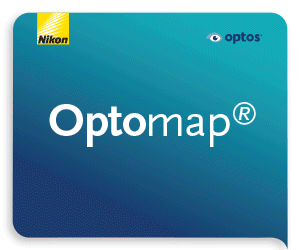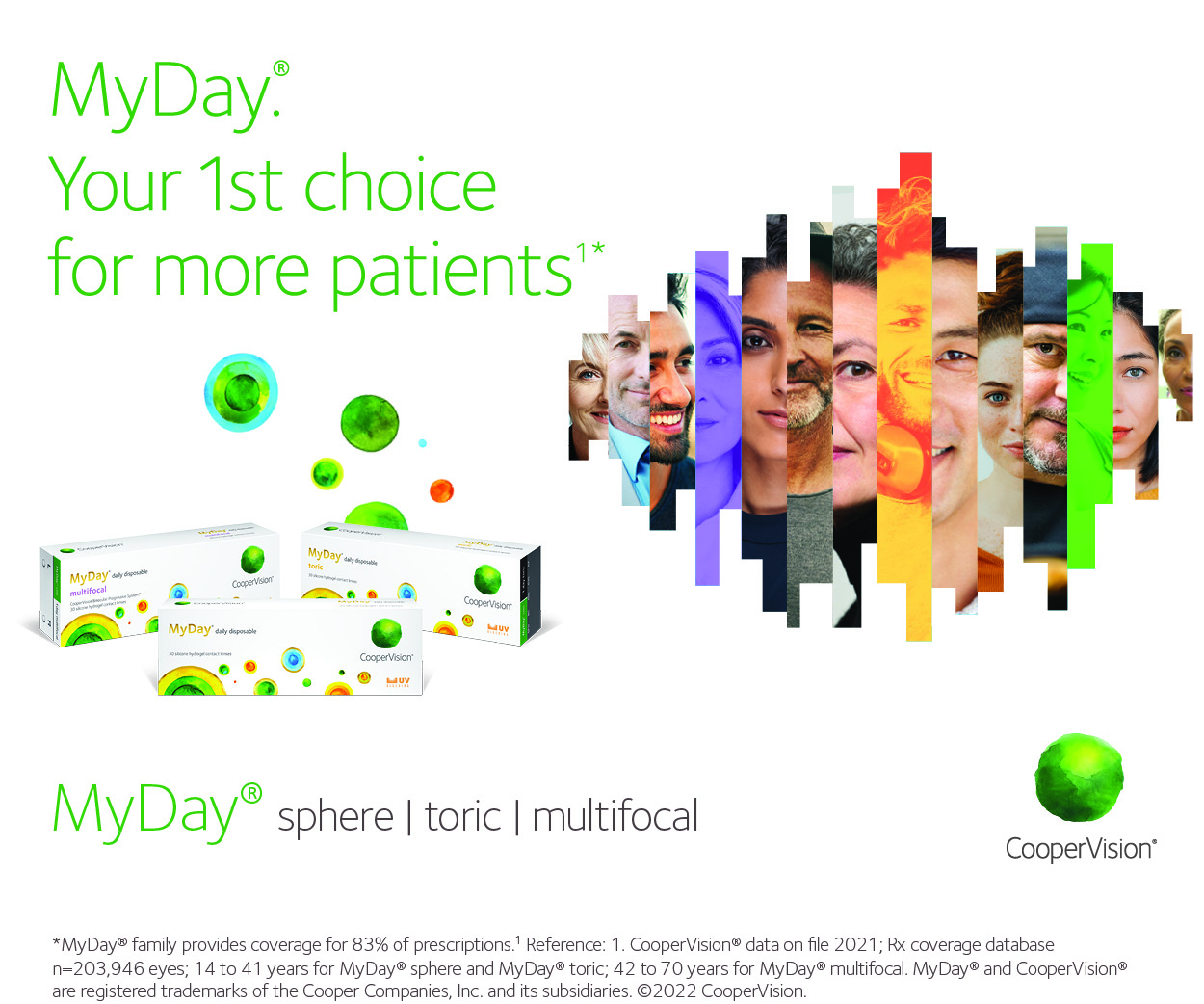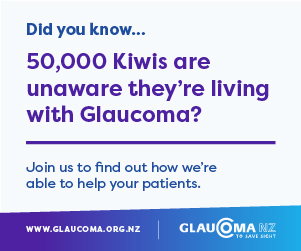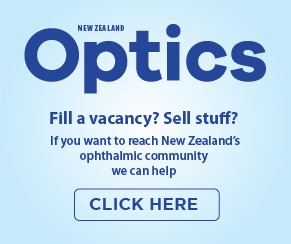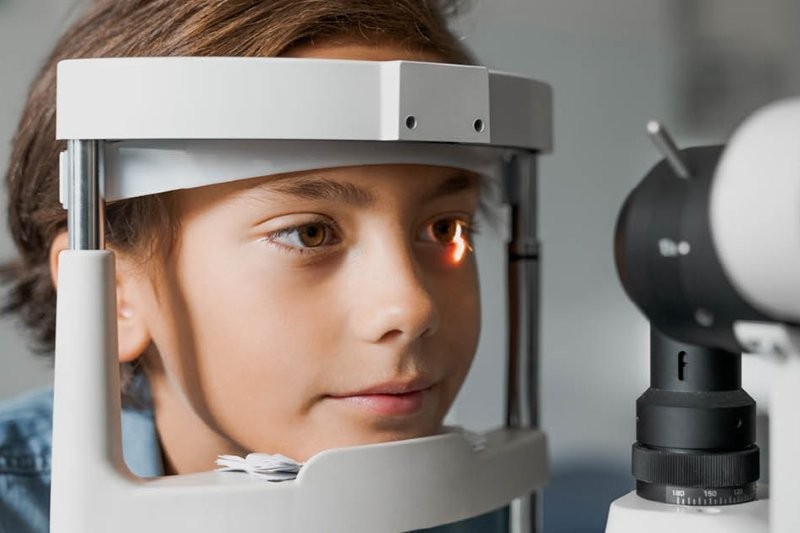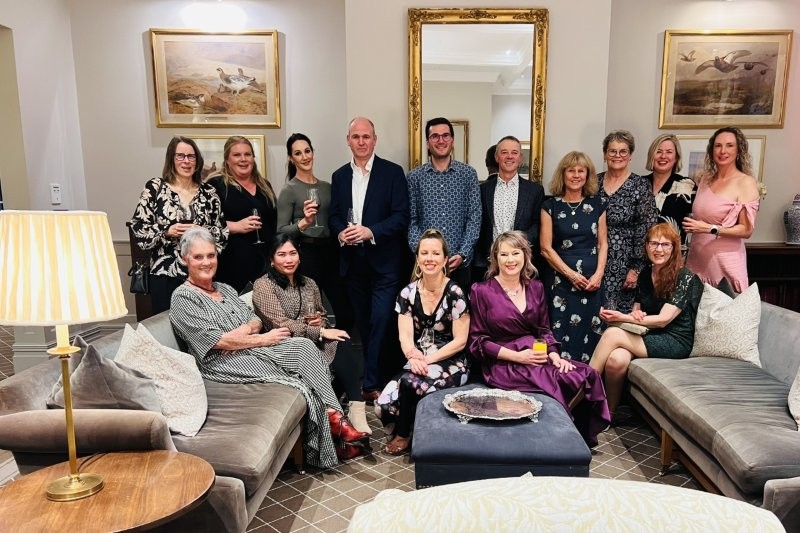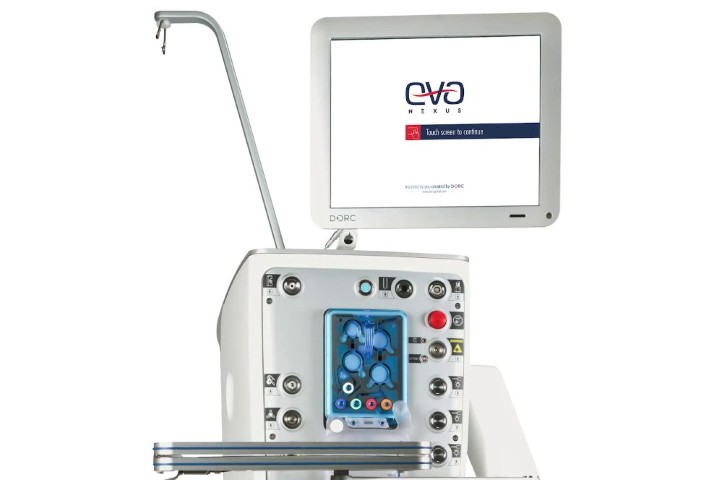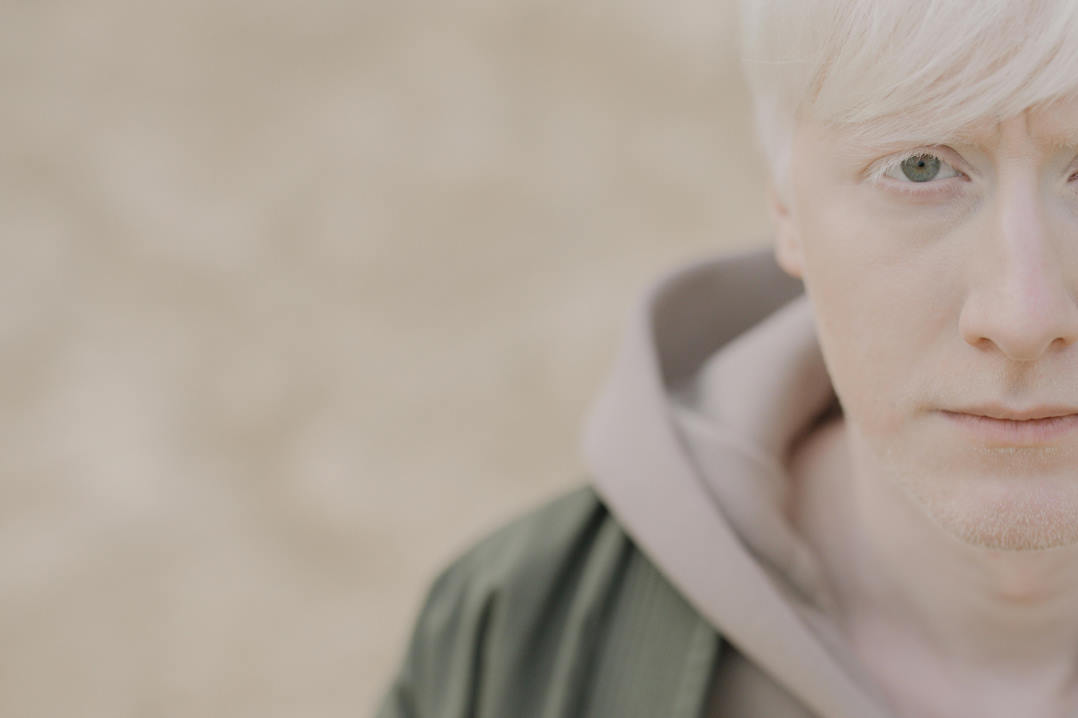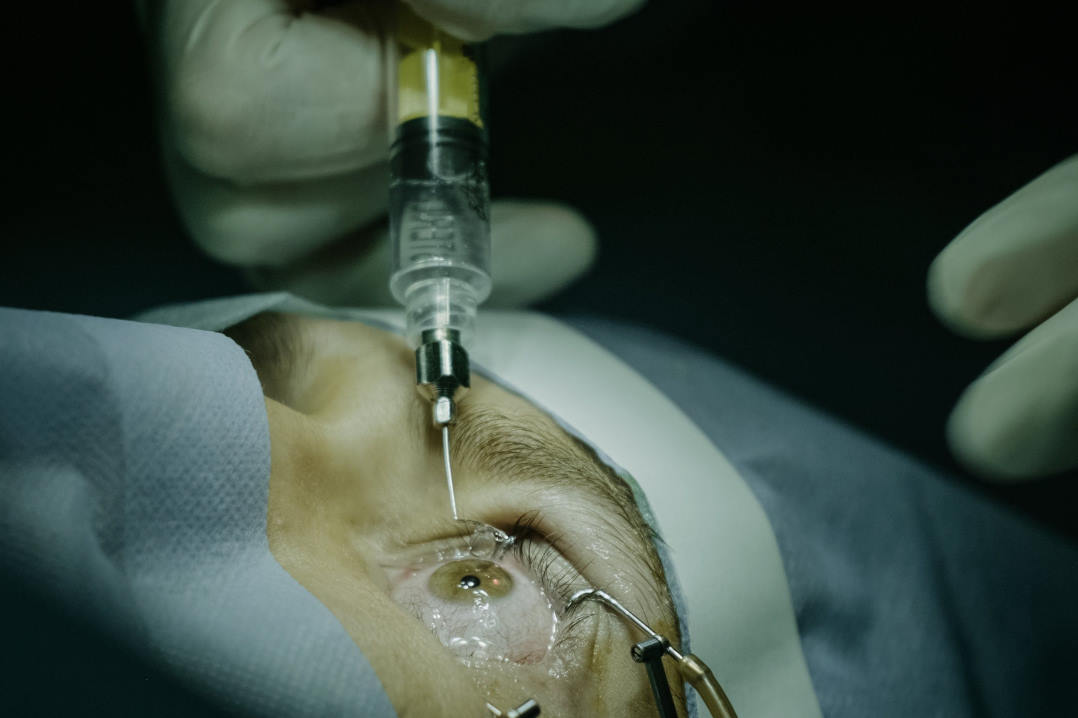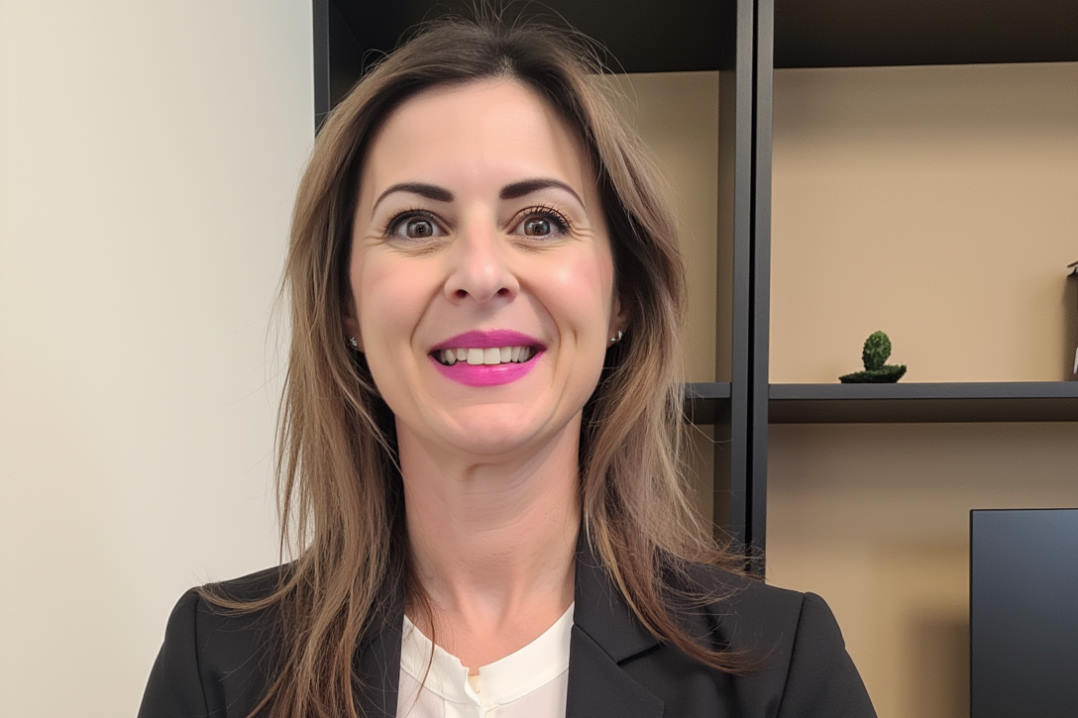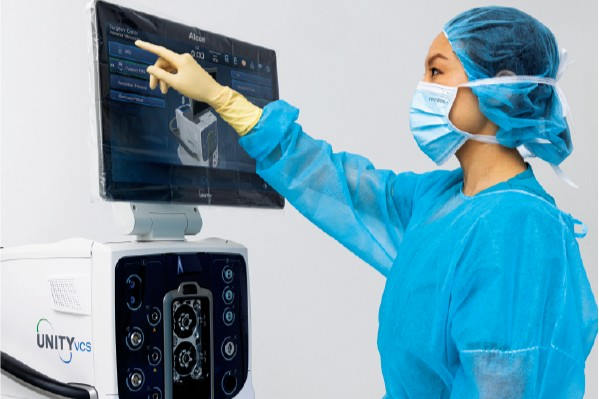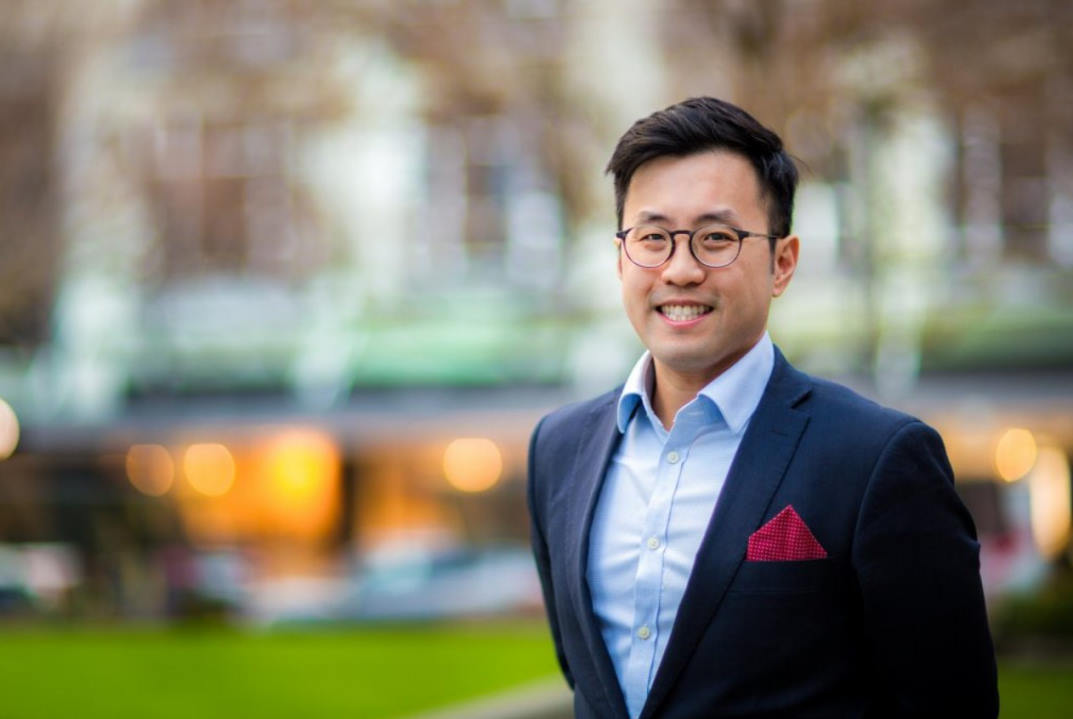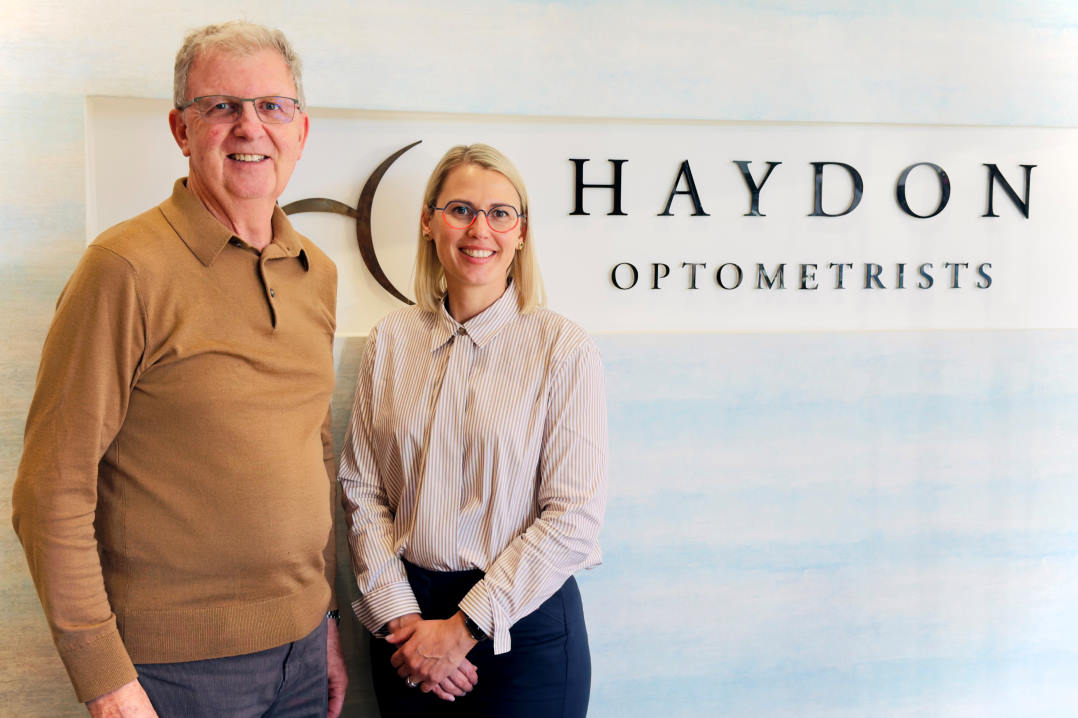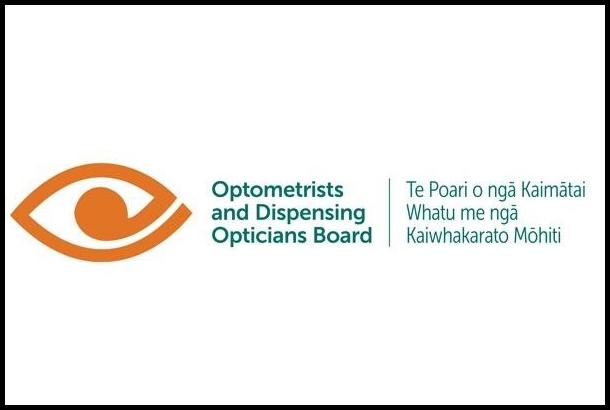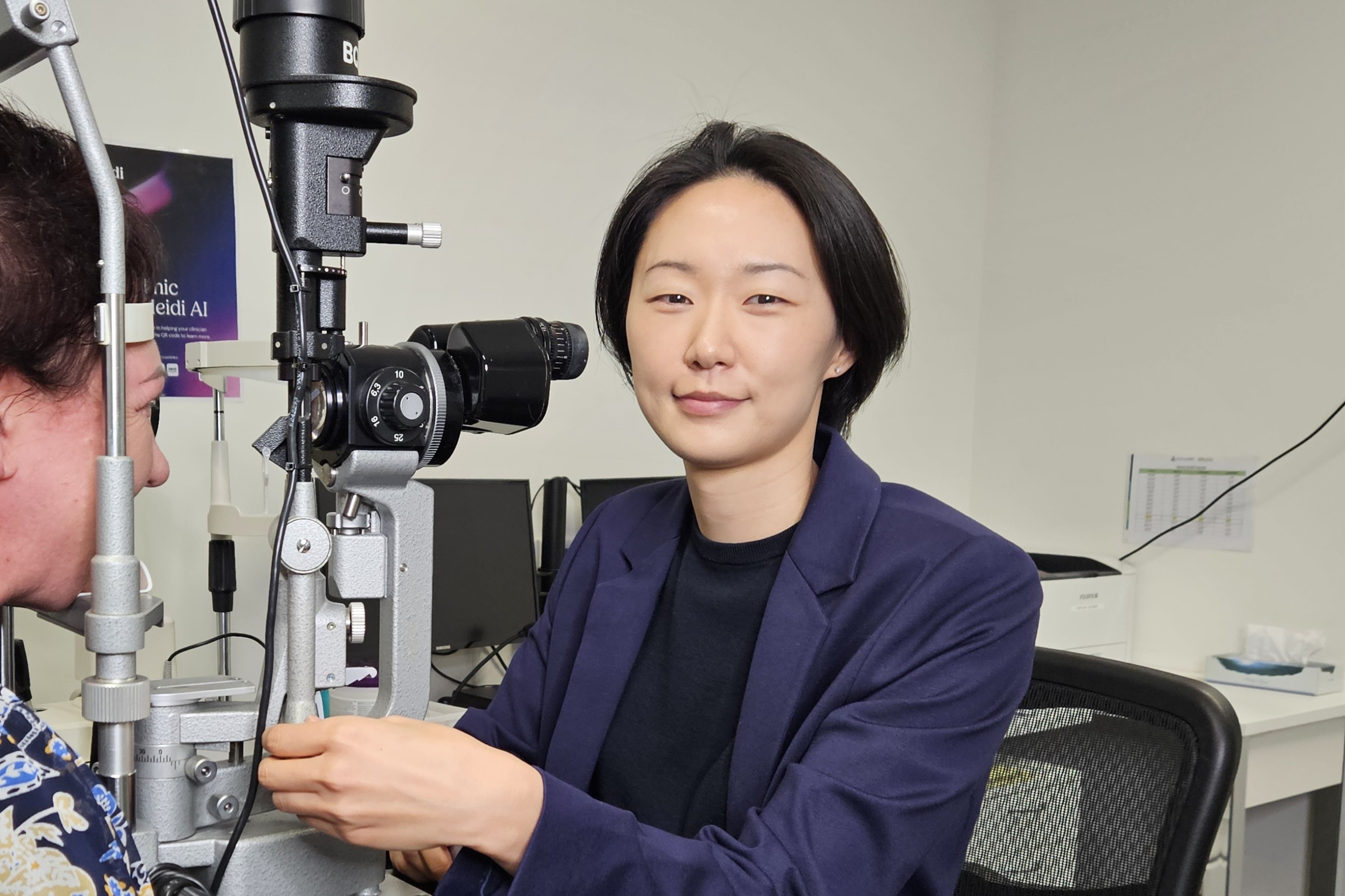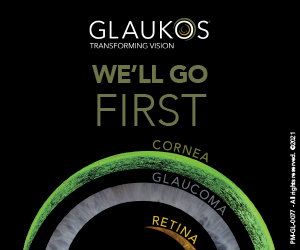WSPOS includes RLRL in myopia-control guidelines
The World Society of Paediatric Ophthalmology and Strabismus (WSPOS) has included repeated low-level red-light (RLRL) therapy in its Myopia Consensus Statement 2025 as a safe and effective treatment to slow myopia progression.
Interventions described in the consensus statement are based on studies that have shown statistical and clinical significance and have at least two years of follow-up with peer-reviewed publication, according to WSPOS.
RLRL therapy has consistently been shown to slow axial length elongation, with several papers consistently reporting on a phenomenon of axial shortening up until 12 months, WSPOS wrote. “More recently, RLRL has been demonstrated to show a particularly strong effect in high myopia, unlike other myopia control treatments. Finally, although all published literature to-date originates from China, (RLRL device manufacturer) Eyerising International reports numerous international studies underway in Japan, Australia and Spain, with interim data provided to the WSPOS committee showing consistently promising results.”
In terms of safety profile, the review Safety of repeated low-level red-light therapy (RLT) for myopia found RLT’s most common side effect was afterimages, which typically resolved within six minutes of treatment. The incidence of side effects from RLT was 0.088 per 100 patient-years (95% confidence interval), comparable to spectacles designed for myopia reduction (0.22; 95% CI) and significantly lower than for low-dose atropine (7.32; 95% CI), orthokeratology (20.6; 95% CI) and other anti-myopia contact lenses (19.3; 95% CI).
Authors also suggested RLT does not cause irreversible visual function loss or ocular structural damage. However, they recommend conducting fundus photography and OCT before and during therapy, along with home monitoring of visual acuity and duration of afterimages, to promptly identify any side effects.
Optical treatments included by WSPOS are spectacle lenses (peripheral retinal defocus lenses and Diffusion Optics Technology lenses) and myopic defocus contact lenses (soft contact lenses for myopia control and orthokeratology), along with atropine eyedrops. WSPOS also endorsed the behavioural and environmental interventions of increased outdoor time and reduced time on near tasks such as digital device use and reading.
The WSPOS Myopia Consensus Statement was written by a core writing group of Indonesia’s Dr Kianti Darusman, India’s Dr Savleen Kaur, Singapore’s Dr Seo Wei Leo, Israel’s Dr Yair Morad and the US’ Dr Ken Nischal.




